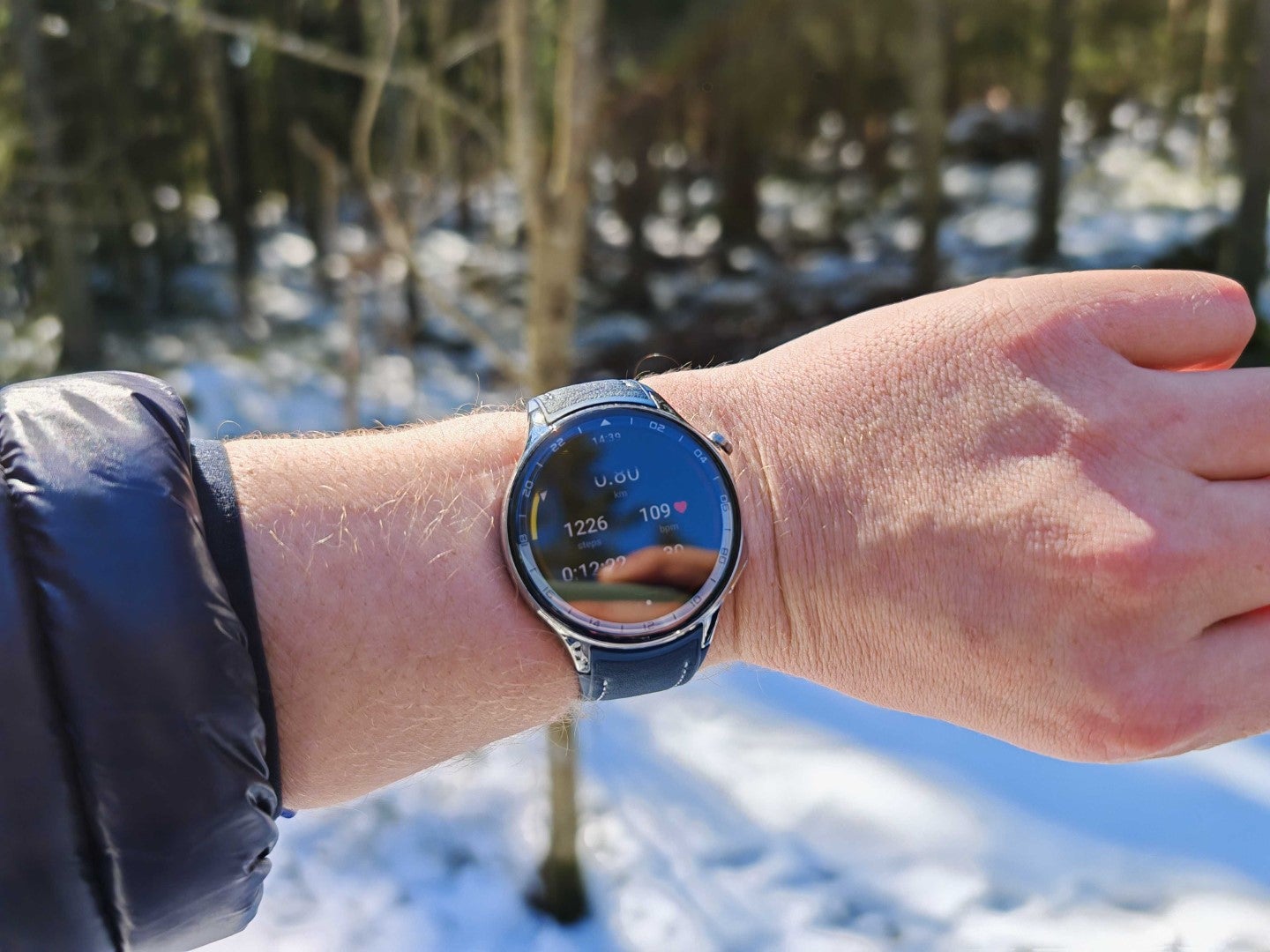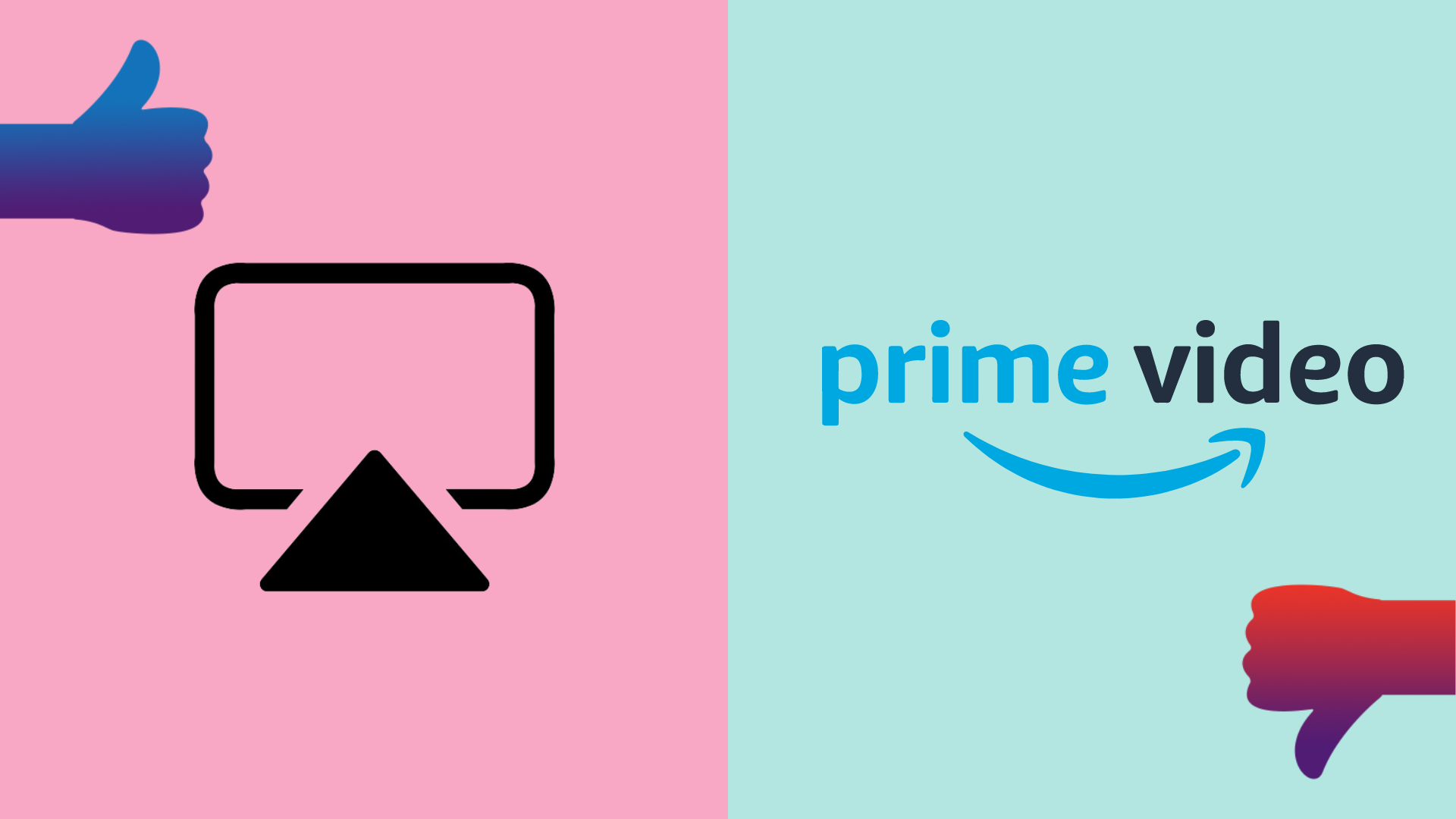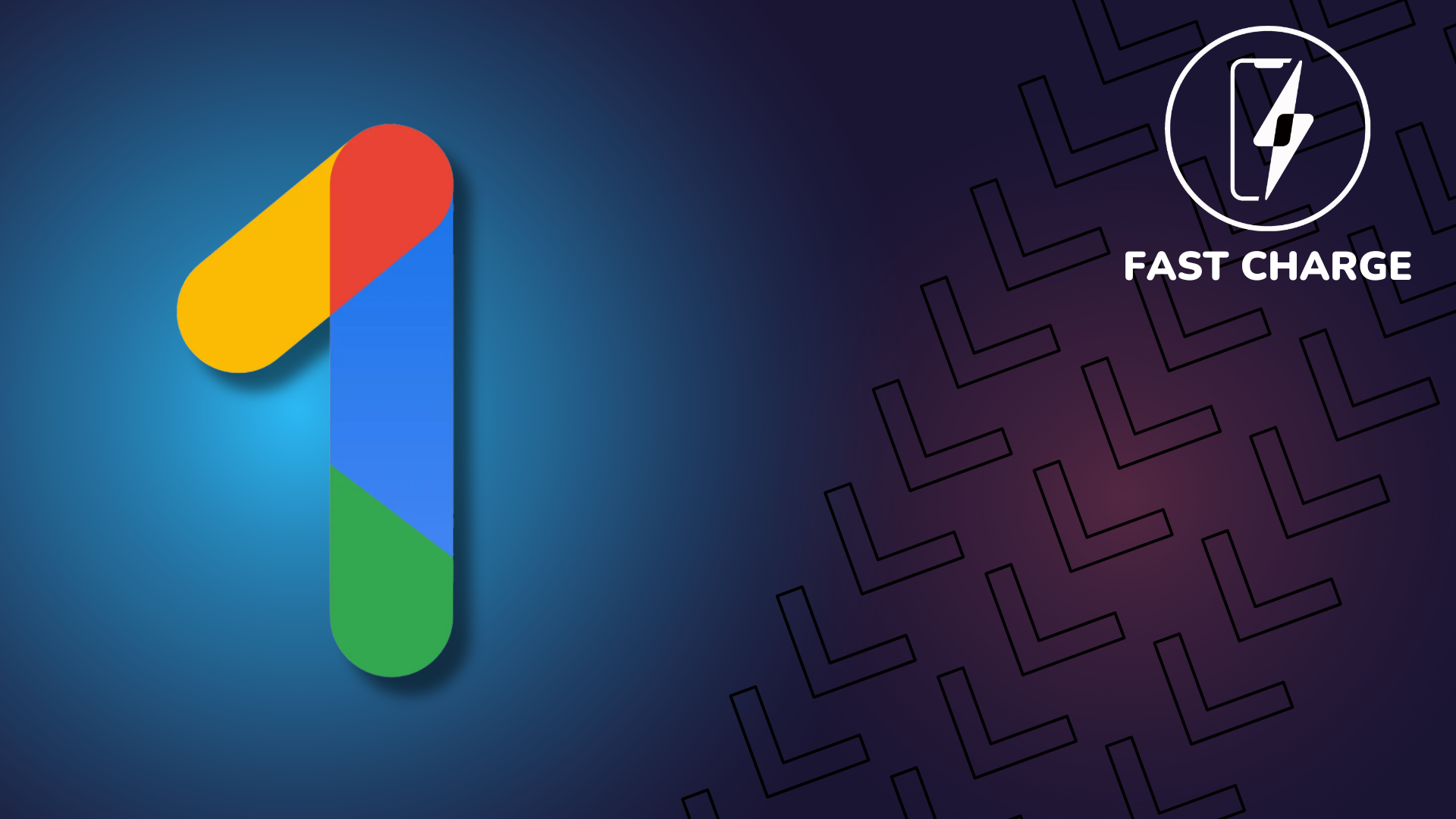Fast Charge: The iPhone 15 is too late for USB-C
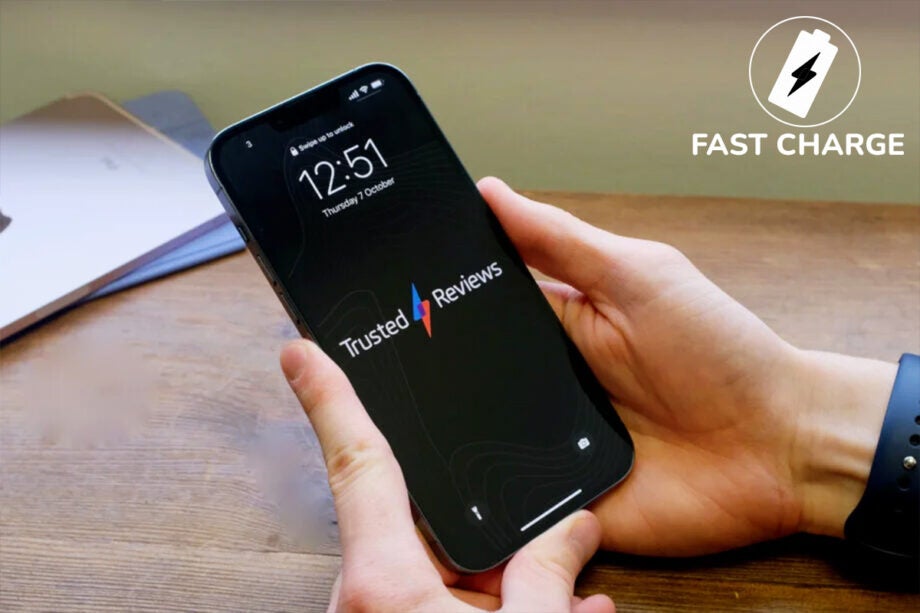
OPINION: Reports have recently suggested that the Lightning port on the iPhone is soon to be replaced, but sadly it doesn’t look like the switch will happen soon enough.
Two recent reports, one from respected analyst Ming-Chi Kuo and the other from Bloomberg’s Mark Gurman, have said that Apple is finally looking at retiring the Lightning port from its iPhones, replacing it with the USB-C port you’ll find on many of the best Android phones.
If this change was to happen, it would signal the second time Apple has switched the port used to charge the iPhone. From 2007 and 2011, Apple used a 30pin dock connector, switching to Lightning with the arrival of the iPhone 5.
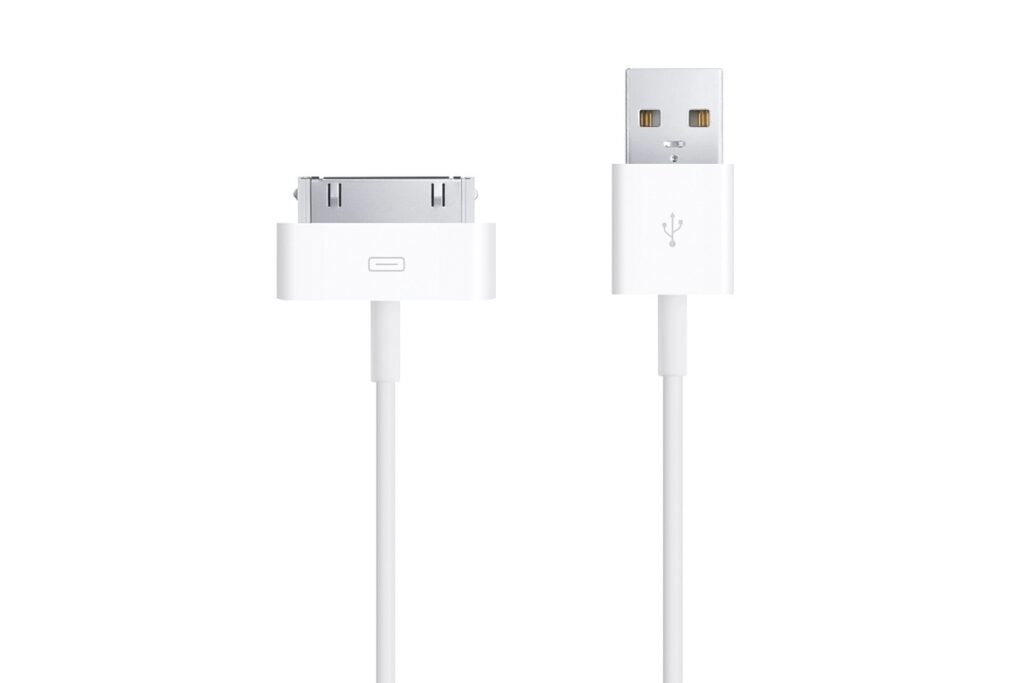
I, for one, very much hope these rumours turn out to be true – but it seems that if we do get a USB-C iPhone it won’t be with the iPhone 14, instead it’ll be the 2023 iPhone, which would likely be called the iPhone 15. This is a shame, as Apple’s Lightning port is well passed its used-by-date and really needs to be replaced sooner for a number of reasons.
Because the Lightning port has been around for so long, it lacks some of the mod-cons a USB-C connection can offer. It’s slow for transferring large files and doesn’t seem to be capable of charging at higher speeds. While Apple has allowed its phones to get from 0-100% quicker in recent years, the speeds achieved still pale in comparison to what Android phones can offer. Switching to USB-C would, hopefully, allow future iPhones to charge much quicker.
You might not think transferring files via Lightning at slow speeds is a big issue, but it really is starting to become one. The latest iPhones can shoot 4K HDR video at 60fps, a process that eats through around 400MB of data for every minute of video shot. Shoot for extended periods and you’re talking about huge files – transferring these files back to a Mac with a Lightning cable is a slow, ponderous process. Switching to USB-C, possibly with the same Thunderbolt 3 skills of the iPad Pro, would make this whole process much quicker.
This would be even more important if the rumours are correct and the upcoming iPhone 14 can shoot in 8K, upping the file size further.
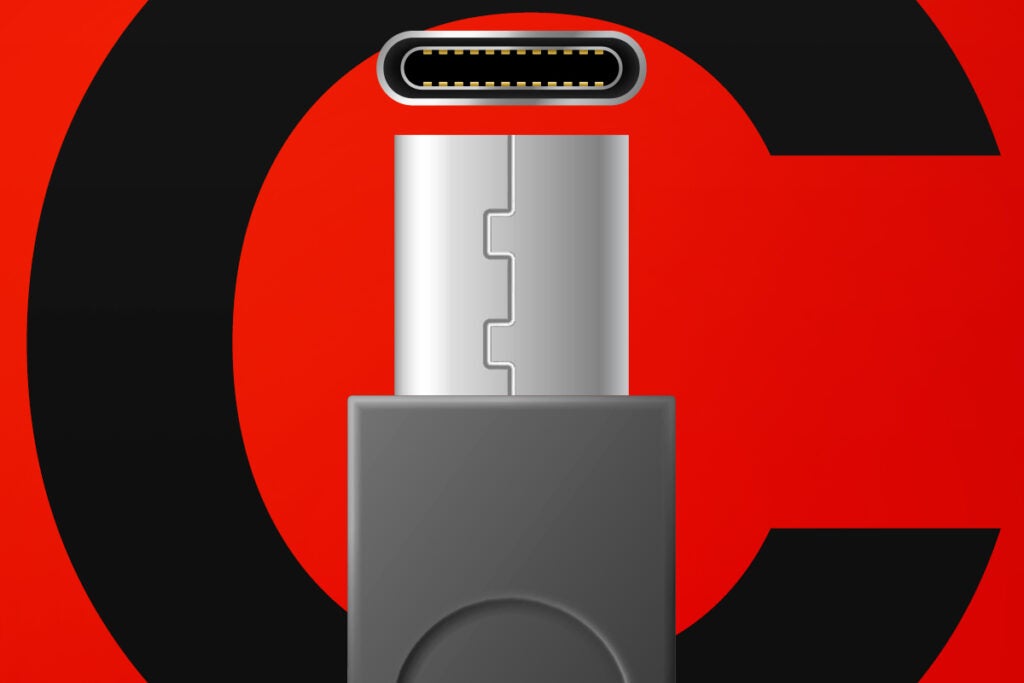
But really my desire for Apple to switch to USB-C as soon as possible comes from a selfish place. I have a MacBook Pro; I have an iPad Pro; I also have a pair of Sony WF-1000XM4s and a Nintendo Switch – these are all devices that can be charged with a single cable and a single USB-C plug. Only having to remember one charger to juice up all my devices is a dream when I am reviewing an Android phone and I want that to be the case when I am using an iPhone.
We’re not in a wireless future…yet
It seems that one reason why Apple could be forced to switch away from Lightning is an EU legislation that would force iPhones to support USB-C. Previous rumours have suggested Apple could avoid using USB-C by turning the iPhone into a portless device that charges wirelessly. Considering Apple made the, ahem, courageous choice to remove the headphone port it likely wouldn’t come as a shock to many if the same company started the trend of a completely wireless smartphone.
As an idea, wireless charging is great and it works well on the current crop of iPhones. I typically use a MagSafe – Apple’s proprietary form of Qi charging that enables 15w speeds – charger to juice my phone up at night. But, as Gurman points out in his article, there are many situations where wireless charging isn’t ideal, notably when being used in some cars. It also tends to be a slower and less-efficient way of charging, at least in its current guise.
Aside from forcing Apple to use a slightly larger port and some minor confusion from buyers as they get used to the change, it seems that switching to USB-C would be the best move for the customer and Apple really should make the change as quickly as possible.


